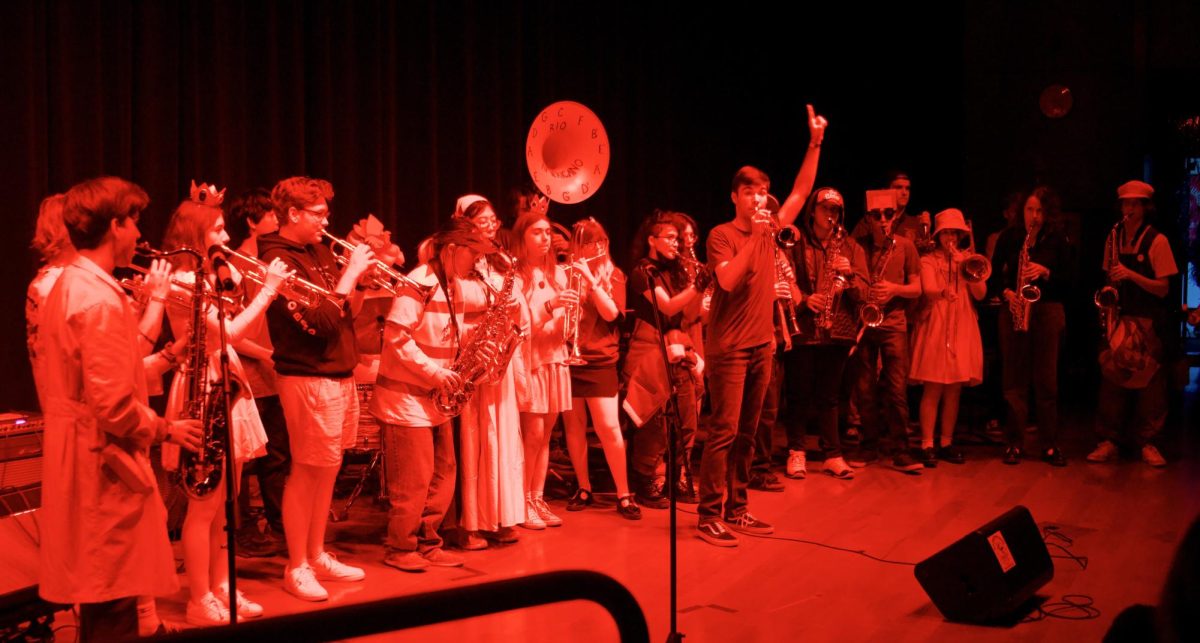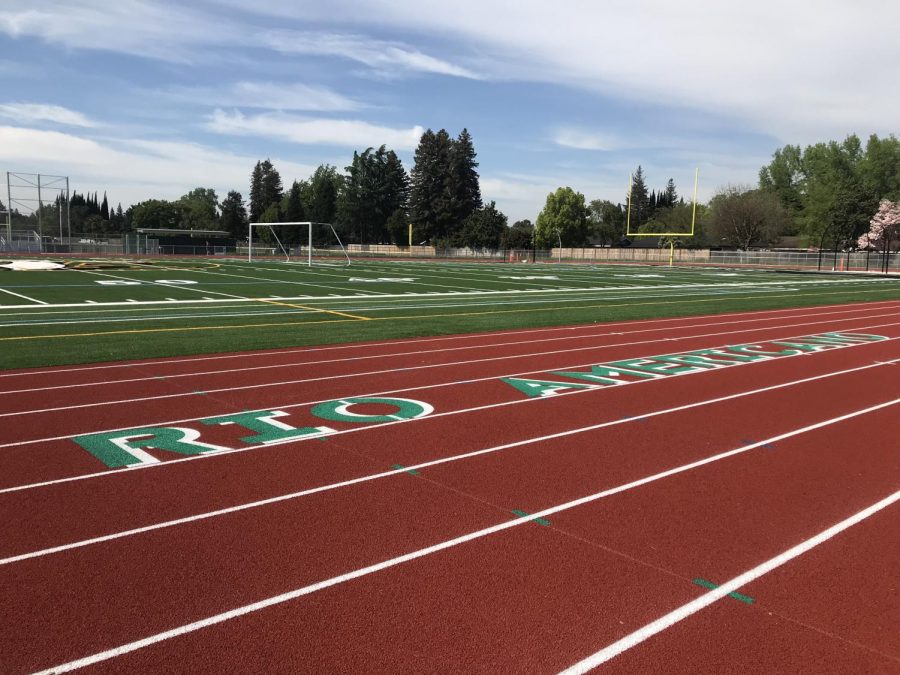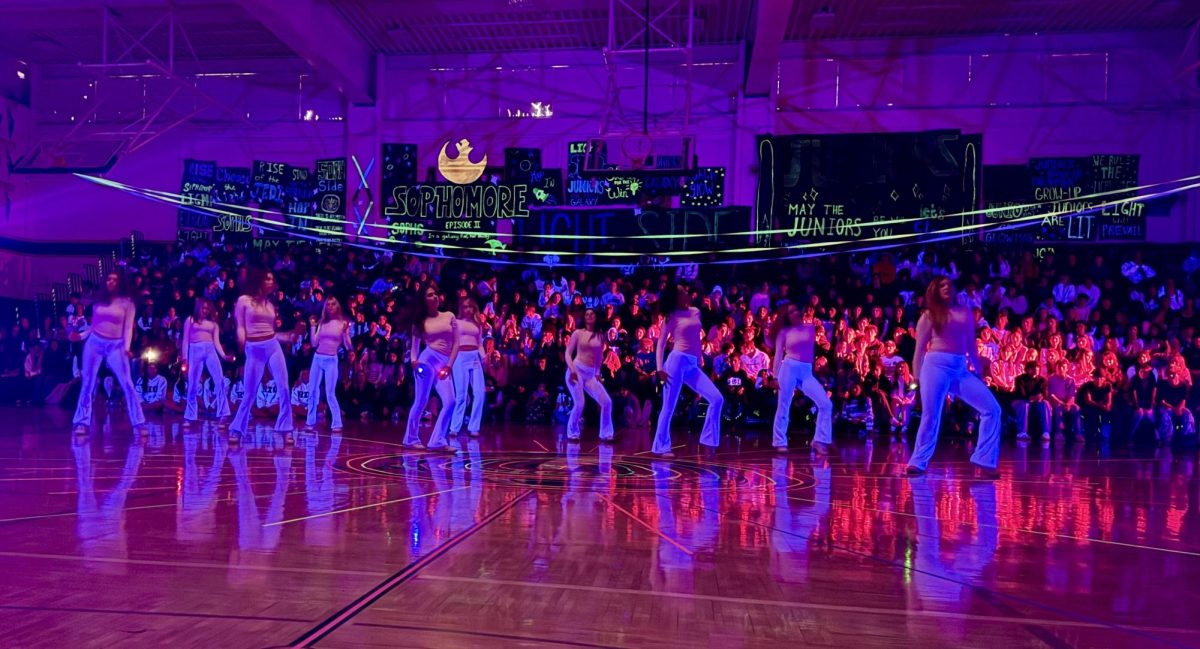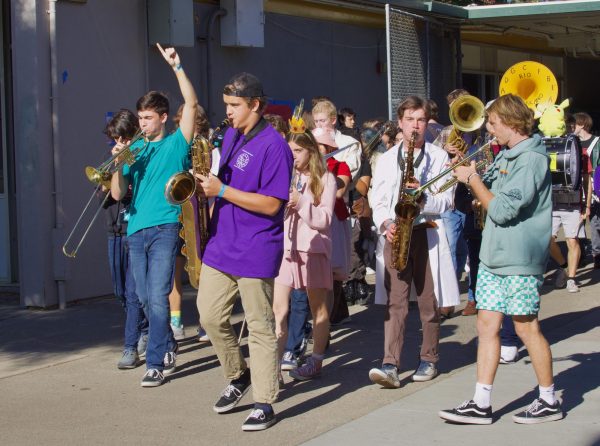School Seeks to Expand AP Program
Consultants hired to help broaden AP access here; nationally, critics question value of program
Rio is pushing more students to take Advanced Placement courses and next year will add two new AP Capstone courses, solidifying the school’s standing as one of the leading schools in the area for offering these high level courses.
Principal Brian Ginter sees the push to increase AP enrollment in part as a way to put more students from minority and low income groups on track for college. To that end, the school recently surveyed all students to discover attitudes about the courses and to find those who may benefit from advanced classes but are not enrolled in or on an academic path leading to those classes.
“We wanted to look at what our equity gap is in our AP offerings,” said Ginter.
At Rio, 54 percent of middle and high income white and Asian students had taken an AP class last year. The percentages for other subgroups is much lower, so the goal is to counsel students about AP to get all groups up to the 54 percent mark, and then higher, according to Ginter.
It is a way to distinguish the school and give students more opportunities, especially for students who might not see themselves as AP material.
The district has hired an outside company to create a survey designed to question students on their view of the AP Program, it’s effectiveness and it’s availability to students. The district doesn’t necessarily seek to increase enrollment in the AP Program, but to make sure that it is available to all students of different financial and ethnic backgrounds.
The survey asked questions such as if students felt encouraged to enroll in an AP class and about the different types of AP classes students would want to be offered.
“Not all students are either qualified or identified in middle school to come into high school and take honors level courses,” said vice principal Snyder.
These honors students will translate into AP students once they reach their junior year.
“Some students are capable, either hard workers, very intelligent or both that could be taking AP classes, but for a number of reasons it was never offered to them, no one ever encouraged them to or they don’t feel that they would be successful in them,” said Snyder.
Critics question if AP classes overload students taking 5 or 6 AP courses. Many describe AP classes as an “arms race” of sorts where if a few students up the number of AP classes they are taking, other students feel obligated to follow their lead to remain competitive.
Questions are being raised as to whether students enrolled in regular courses are ready to make the jump to the AP level. According to Maria Eugenia from the College Board, AP access has expanded. The number of students earning scores of 3 or higher on AP Exams has also risen sharply.
“In 2006, about 832,340 U.S. students earned a 3+ on an AP Exam; by 2016, that number had nearly doubled to 1.6 million,” said Eugenia. “In that same time period, the growth rate among black and Hispanic students was even faster, the number of these students scoring 3 or higher more than doubling from 2006 to 2016.”
The College Board claims that AP classes prepare students for college level classes. Critics also question if success in AP translates to success in college. Eugenia claimed that minority low-income students who took at least one AP Exam earned higher college GPAs than non-AP students of similar ability and background.
In addition, “Minority students who took at least one AP Exam were more likely to graduate from college in four years,” said Eugenia.
Expect an increase of students in the AP program at our school. “This survey has identified a 150 or so students that have not had an AP class but show the characteristics of being successful in an AP course,” said Ginter.































